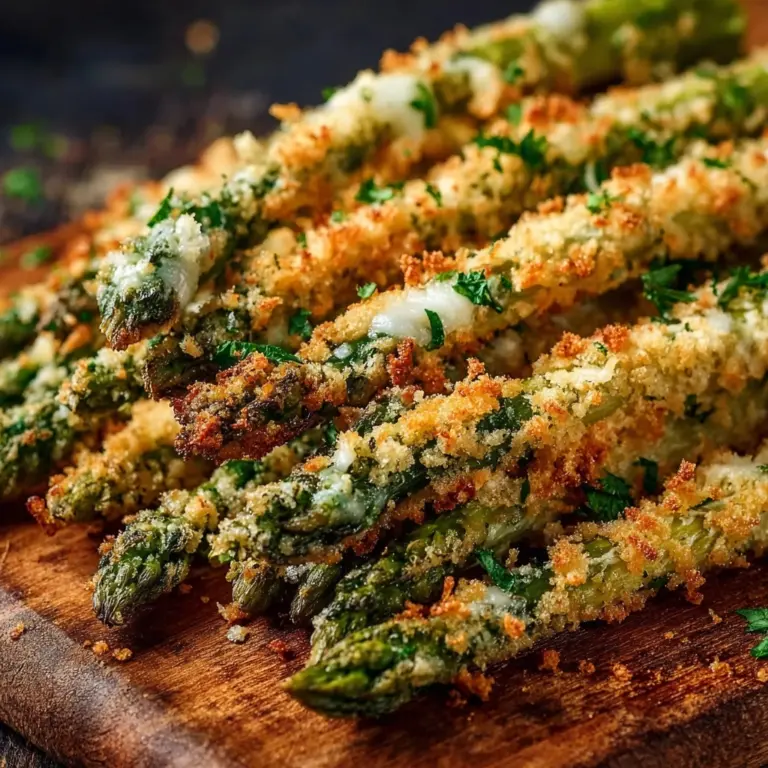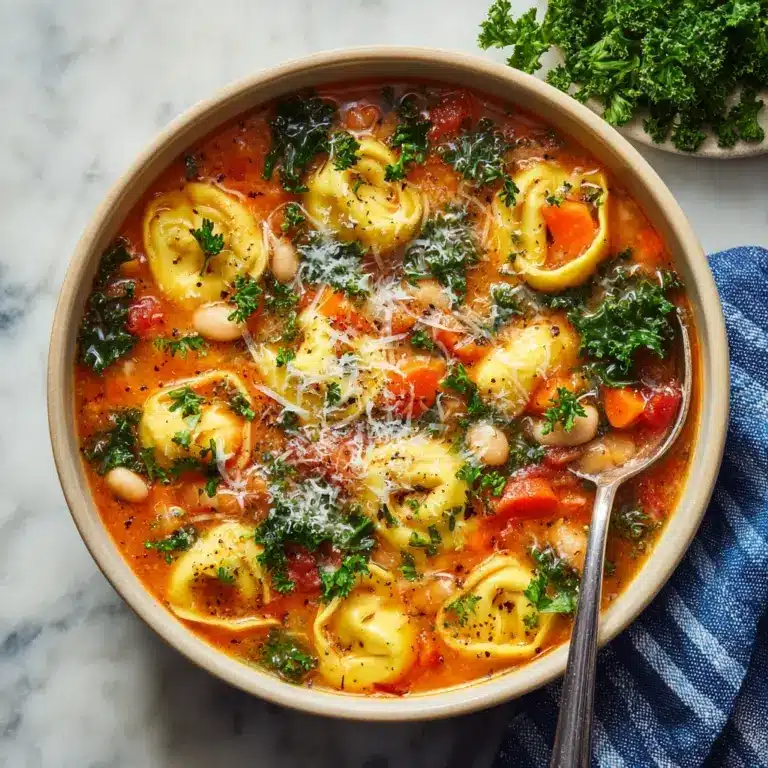Ciabatta Bread Recipe
If you’ve ever longed for airy, chewy homemade bread with a golden, crunchy crust and a tender, open crumb, this Ciabatta Bread is about to become your new obsession. Inspired by rustic Italian bakeries and made with just a handful of humble ingredients, its signature shape and flavor lend themselves perfectly to everything from elaborate sandwiches to dipping in olive oil. With this easy recipe, you’ll discover how simple it can be to fill your kitchen with the irresistible aroma and warmth of freshly baked ciabatta bread.
Ingredients You’ll Need

Ingredients You’ll Need
This recipe proves that magical things can happen with a few essential, everyday ingredients. Each element plays its part, from creating that classic crusty exterior to developing rich flavor and airy texture in every slice. Here’s what you’ll need:
- All-purpose flour: The backbone of our dough, providing just the right gluten structure for those signature ciabatta holes.
- Instant yeast: No need for pre-dissolving or proofing, this ensures our bread rises beautifully every time.
- Warm water: Encourages yeast activity and helps form a tender, open crumb.
- Salt: Enhances the bread’s flavor and supports gluten development for ideal texture.
- Extra virgin olive oil: Adds subtle richness, keeping the crust delightfully crisp while lending a hint of Mediterranean flair.
How to Make Ciabatta Bread
Step 1: Combine the Dry and Wet Ingredients
Start by gathering two mixing bowls. In the first bowl, whisk together the flour and salt. In the second, dissolve the instant yeast in the warm water—it should feel slightly warmer than room temperature but not hot to the touch. Pour the yeast mixture into the flour, stirring to create a shaggy, sticky dough. Don’t worry about perfection here; messy dough is perfect for the airy structure we want in our ciabatta bread.
Step 2: Bring the Dough Together and Knead
Turn the dough onto a well-floured surface. It will be sticky, but that’s exactly what helps develop the bread’s character. Knead for about 10 minutes, using your palms to push and fold until the dough gradually becomes smoother, springy, and elastic. Dust your hands and the dough with a bit more flour as needed, but try to keep it slightly tacky. This kneading step helps build the chewy texture ciabatta bread is famous for.
Step 3: First Rise
Lightly oil a large bowl and place your kneaded dough inside, turning it once to coat all sides. Cover with a clean towel or plastic wrap and let the dough rise in a warm, draft-free spot for about one hour. You’ll know it’s ready when it has doubled in size and looks pillowy and aerated. This slow, gentle rise is the secret to developing depth of flavor and those signature air pockets in every bite of ciabatta bread.
Step 4: Shape the Loaves
Once your dough has risen, gently punch it down to release excess air. Turn it out onto a lightly floured surface and divide it into two equal pieces. With lightly floured hands, shape each piece into an oval or slipper-like form—the traditional look for classic ciabatta bread. The loaves should be somewhat loose and rustic, so don’t overwork them.
Step 5: Second Rise
Transfer the shaped loaves onto a parchment-lined baking sheet, spaced apart so they can expand. Cover them loosely with a towel and let them rise for another 30 to 45 minutes. This brief second rise lets the dough “relax,” helping maintain those signature large holes and airy crumb that set ciabatta bread apart from other breads.
Step 6: Bake to Golden Perfection
Preheat your oven to 425°F (220°C) while the loaves finish rising. Right before baking, drizzle each loaf generously with extra virgin olive oil and, if you like, add a sprinkle of flaky or coarse sea salt for texture. Slide the tray into the hot oven and bake for 20 to 25 minutes until the loaves are deeply golden and sound hollow when tapped on the bottom. Cool on a rack for at least 20 minutes before slicing—the hardest part is waiting!
How to Serve Ciabatta Bread

Garnishes
A simple flourish brings out the very best in your ciabatta bread. Drizzle the warm, freshly baked loaf with a little more olive oil for gleam and flavor, or scatter over a shower of fresh chopped herbs like rosemary or thyme. For a rustic Italian touch, rub a halved garlic clove over the crust and finish with a dusting of flaky sea salt.
Side Dishes
Ciabatta bread is delightfully versatile alongside so many dishes. It’s perfect for soaking up the juices from tomato-based pastas or hearty stews, and it makes an ideal companion for salads—especially those loaded with ripe tomatoes, mozzarella, and basil. Try pairing it with a cheese board or antipasto platter to let the flavors truly shine.
Creative Ways to Present
Unleash your creativity when serving ciabatta bread! Toast slices for bold bruschetta topped with juicy tomatoes and basil, or grill halves for the best-ever paninis. Cut into cubes, toss with olive oil and herbs, and bake for crunchy croutons. You can even transform it into a savory bread pudding or make it the star of breakfast with eggs and smoked salmon.
Make Ahead and Storage
Storing Leftovers
To keep your leftover ciabatta bread fresh, wrap it loosely in a paper bag or a clean kitchen towel and store at room temperature for up to two days. Avoid plastic wrap, which can soften the crust. If you notice the bread starting to go stale, don’t worry—there are delicious ways to give it new life!
Freezing
Ciabatta bread is also freezer-friendly. Once fully cooled, double-wrap the loaves tightly in plastic wrap and then aluminum foil to preserve freshness. Store them in the freezer for up to three months; simply thaw at room temperature whenever the craving strikes.
Reheating
To revive that just-baked flavor and crust, preheat your oven to 350°F (175°C), unwrap your ciabatta bread, and bake for 8 to 10 minutes. This works wonders whether your bread is coming from the freezer or just feeling a bit stale—you’ll be amazed at how the warmth and texture return.
FAQs
How do I get the airy holes in my ciabatta bread?
The signature open crumb comes from high hydration (a wet dough) and gentle handling during shaping so you don’t knock out those precious air bubbles. Don’t add too much extra flour when kneading, and avoid overworking the dough in the final stages.
Can I use bread flour instead of all-purpose flour?
Yes! Using bread flour will give your ciabatta bread even more chew and a slightly crisper crust. The higher protein content promotes stronger gluten formation, resulting in an even airier texture.
Do I need a special pan or baking stone?
No special equipment is required! A regular baking sheet lined with parchment works fine for ciabatta bread. If you have a baking stone, it will help crisp the bottom even more, but it’s far from essential.
Why is my dough so sticky?
Sticky dough is completely normal for ciabatta bread. This high-moisture dough is key to its light texture. Just dust your hands and work surface with flour as needed, but resist the urge to add too much or the bread will be dense.
Can I add herbs or olives to the dough?
Absolutely! After the initial mix but before the first rise, gently fold in chopped fresh herbs, pitted olives, or even sun-dried tomatoes. Be careful not to overmix—just enough to distribute your additions for a delicious twist on classic ciabatta bread.
Final Thoughts
With just a handful of ingredients and a few simple steps, you’ll find that baking your own ciabatta bread is every bit as satisfying as biting into a warm, crusty slice. Whether you’re serving it with a cozy dinner or using it as the base for your favorite sandwiches, you’ll taste the love and care in every crumb. Give it a try and watch this artisanal classic become a homemade staple you’ll turn to again and again.
PrintCiabatta Bread Recipe
Learn how to make delicious homemade ciabatta bread with this easy recipe. This rustic Italian bread has a crispy crust and a chewy interior, perfect for sandwiches or dipping in olive oil.
- Prep Time: 20 minutes
- Cook Time: 25 minutes
- Total Time: 2 hours
- Yield: 2 loaves 1x
- Category: Bread
- Method: Baking
- Cuisine: Italian
- Diet: Vegetarian
Ingredients
Dough:
- 4 cups all-purpose flour (500g)
- 1 ½ tsp instant yeast (5g)
- 1 ¾ cups warm water (410ml)
- 2 tsp salt (10g)
Additional:
- 3 tbsp extra virgin olive oil (45ml)
Instructions
- Combine Dry Ingredients: In a large mixing bowl, combine flour and salt.
- Activate Yeast: In another bowl, dissolve yeast in warm water.
- Mix Dough: Gradually mix the yeast mixture into the flour until a shaggy dough forms.
- Knead: Knead on a floured surface for about 10 minutes until smooth.
- Rise: Place dough in a greased bowl, cover, and let rise for about an hour or until doubled.
- Shape: Punch down the dough, divide it into two pieces, and shape each into an oval loaf.
- Second Rise: Let loaves rise on a parchment-lined baking sheet for another 30-45 minutes.
- Bake: Preheat oven to 425°F (220°C), drizzle loaves with olive oil, sprinkle with sea salt, then bake for 20-25 minutes until golden brown.
Nutrition
- Serving Size: 1 slice (about 50g)
- Calories: 150
- Sugar: 0.5g
- Sodium: 250mg
- Fat: 3g
- Saturated Fat: 0.5g
- Unsaturated Fat: 2g
- Trans Fat: 0g
- Carbohydrates: 27g
- Fiber: 1g
- Protein: 4g
- Cholesterol: 0mg
Keywords: ciabatta bread, homemade bread, Italian bread, rustic bread








